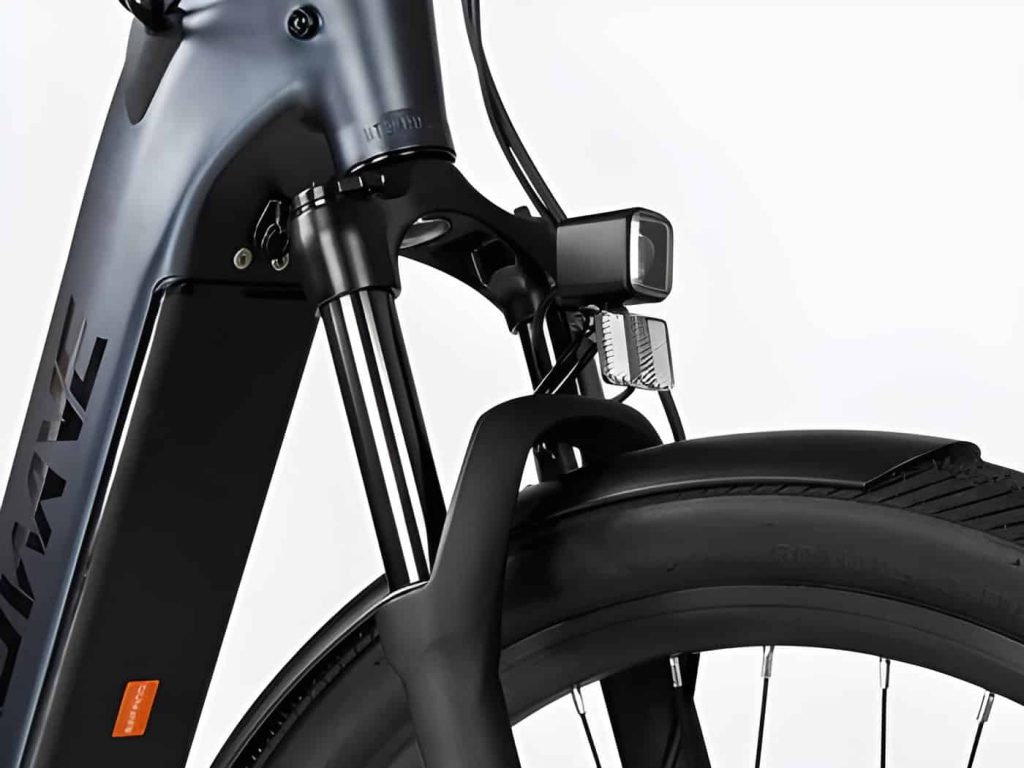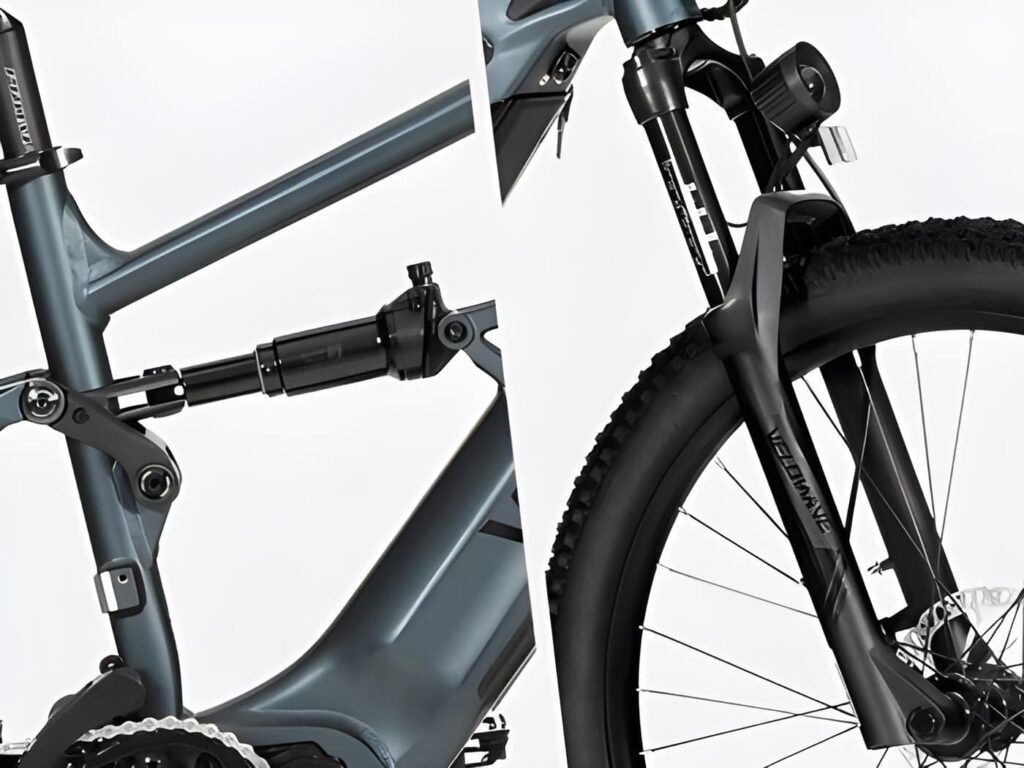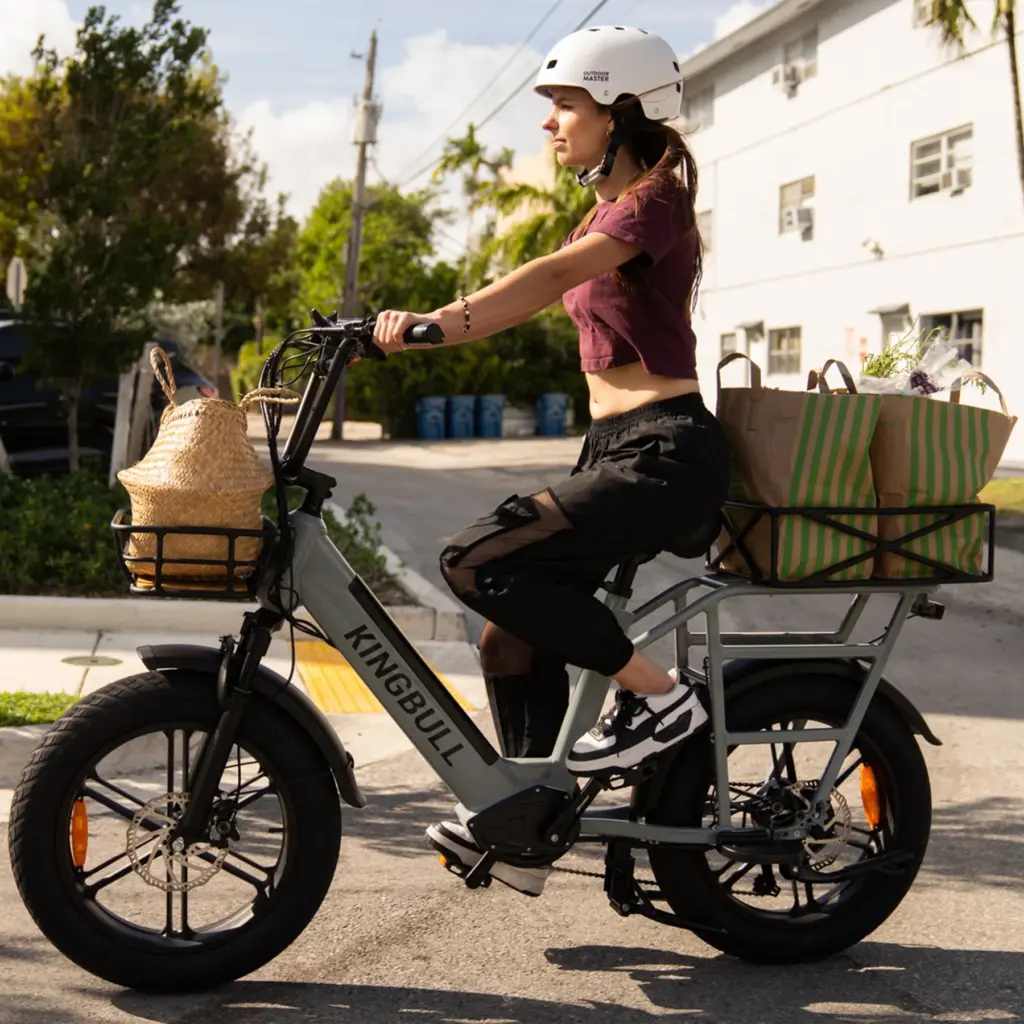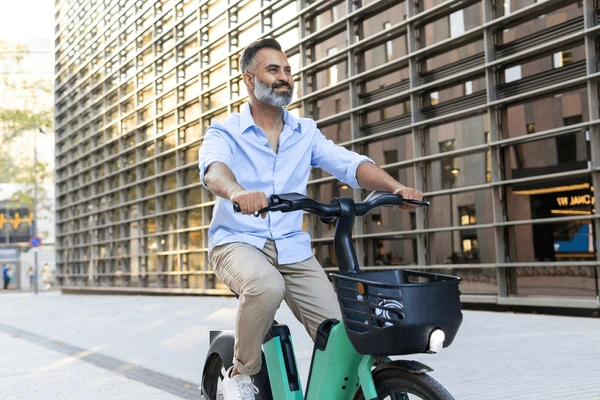Introduction
Picture this: You’re gliding effortlessly through the city streets, wind in your hair, destination in sight—no sweat required. Sounds dreamy, right?
Well, guess what? That dream can be your reality with the right electric bike. Whether you’re commuting to work, running errands, or just out for a weekend adventure, the perfect e-bike unlocks a whole new world of possibilities.
But let’s be real: with so many options out there, figuring out how to choose an electric bike that’s your perfect match can feel totally overwhelming. Don’t sweat it
This guide is here to help. We’ll walk you through everything you need to know – from motor types and battery life to frame designs and key features. We’ll make it simple, clear, and tailored to your life.
Ready to roll into the future? Let’s get started!
How To Choose an Electric Bike
1. Understanding the Different Classes of Electric Bikes
One of the first and most important decisions you’ll need to make when learning how to choose an electric bike is understanding the different e-bike classes. These classifications determine how the motor assists you while riding and directly impact your riding experience.
|
Feature |
Class 1 |
Class 2 |
Class 3 |
|---|---|---|---|
|
Pedal Assist |
✅ Yes |
✅ Yes |
✅ Yes |
|
Throttle (No Pedal) |
❌ No |
✅ Yes |
❌ No |
|
Top Assisted Speed |
20 mph |
20 mph |
28 mph |
|
Best For |
Parks & trails |
City commuting |
Fast road commuting |
|
Bike Path Access |
✅ Usually allowed |
✅ Often allowed |
⚠️ Limited access |
|
Helmet Required |
Varies |
Varies |
✅ Often required |
|
Beginner Friendly? |
👍 |
✅ Best Choice |
🚴♂️ More advanced |
For more detailed information on each e-bike class, check out this helpful guide: E-Bike Classes and U.S. Laws
2. Which E-Bike Motor is Right for You?
Your motor is at the heart of your e-bike, and different types of motors offer unique performance benefits based on where you ride and how much power you need.
Hub-Drive Motors
Located in the wheel hub, these motors deliver a smooth and simple ride, especially on flat terrain and city streets. Hub-drive motors are easy to maintain and offer a quiet, comfortable experience. If you’re after a reliable ride for commuting or short distances, this is your best choice.

Mid-Drive Motors
Positioned at the bottom bracket (where the pedals meet the frame), mid-drive motors provide better torque, especially for hills and rougher terrain. If you love the thrill of off-roading or tackling tough trails, mid-drive motors give you the power you need, helping you climb steep hills with ease.

AWD (All-Wheel Drive) Motors
If you need maximum traction and power, AWD e-bikes send power to both the front and rear wheels, providing superior control and grip. Perfect for off-road riders, AWD motors ensure a smooth ride on rough paths, mud, gravel, or snow. It’s the ultimate choice for adventure seekers.

3. Battery Capacity and Range
The battery is the heart of your e-bike, and it’s crucial to select the right one. Battery size is measured in watt-hours (Wh), and the larger the number, the more power the battery holds. A larger battery allows you to go further on a single charge.
Battery Size and Range
A 500Wh battery will typically get you around 40-70 miles on a single charge, depending on terrain, weight, and riding style. For commuting, a smaller battery might be sufficient, but if you’re planning long-distance rides or hilly terrain, consider investing in a larger battery or a secondary battery.
Double the Power? Consider Dual Batteries!
Some e-bikes let you ride with two batteries—a total game-changer for adventurers! Double your range for those epic cross-town commutes or weekend explorations. Plus, if one battery runs out? Seamlessly switch to your backup and keep cruising without missing a beat.
Charging Time
Most e-bike batteries take 3-5 hours to charge fully. However, if you’re in a rush or plan to use your bike frequently, fast-charging options can be a game-changer.
Battery Mounting Setup
Integrated batteries offer a sleek, clean look and save space, while external batteries are easier to swap out and charge. Think about your priorities—whether it’s comfort or convenience—and choose accordingly.

4. Frame Design and Materials
The frame is the skeleton of your e-bike and directly affects comfort, durability, and handling. Here’s what you need to know about different frame materials:
Choose the frame material based on your riding style. For city commuting, aluminum is lightweight and cost-effective, but for off-roading, steel might be the better option.
5. Pedal-Assist and Throttle Control
Pedal-assist is the heart of most e-bikes, but depending on your needs, you might want additional control features.

6. Fork Suspension vs Full Suspension
Fork (Front) Suspension
Front suspension helps absorb shocks from bumps and rough surfaces. It’s ideal for city rides or light trails, providing comfort without the extra weight of full suspension.


Full Suspension
Full suspension (front and rear) provides the smoothest ride, especially on mountain trails or bumpy roads. If you plan to ride on rough terrain or go mountain biking, full suspension is the way to go.
7. Other Key E-bike Features and Components
Your e-bike isn’t just about the motor and battery—it’s the sum of all its components. Here are additional features that can enhance your riding experience
Lighting
Many e-bikes come with integrated lighting systems. These are especially useful for night commuting or low-light conditions. Look for high-powered LED lights to ensure visibility and safety.

Racks
Need to carry groceries or outdoor gear? Many e-bikes come with cargo racks. These racks make your bike more versatile and perfect for errands or weekend trips.

Handlebar-Mounted LCD Displays
An LCD mounted on the handlebars shows important data like battery life, speed, and pedal-assi ide.

Smartphone Integration
Some advanced e-bikes allow smartphone integration. Use your phone to monitor ride statistics, lock your bike remotely, or navigate using GPS.

Built-in Security
Many e-bikes come with integrated locks or security systems to prevent theft. Having built-in security gives you peace of mind when leaving your bike unattended.

8. Good Fit on Your E-bike
Getting the right fit is essential for comfort and efficiency. Frame size, handlebar height, and pedal position all play a role in preventing discomfort. For tips on fitting your e-bike, check out our expert guide: How to Fit Your Bike Properly
Shop Now for Your Ideal Electric Bike
Now that you have all the tools to make an informed decision, it’s time to get out there and find your perfect electric bike. Whether you’re commuting to work, exploring new trails, or just enjoying the freedom of the open road, your ideal e-bike is waiting for you. Shop now and start your e-bike journey today.
Conclusion
Choosing the right electric bike is an exciting journey. With the right information, especially knowing how to choose an electric bike, you’ll find the perfect fit for your lifestyle. From motor type to battery life and frame material, every detail ensures your best ride. Ready to start gliding? Shop now for the e-bike that’ll transform your commute.


